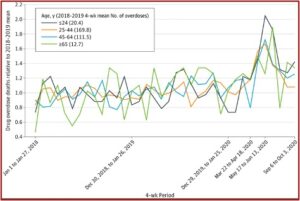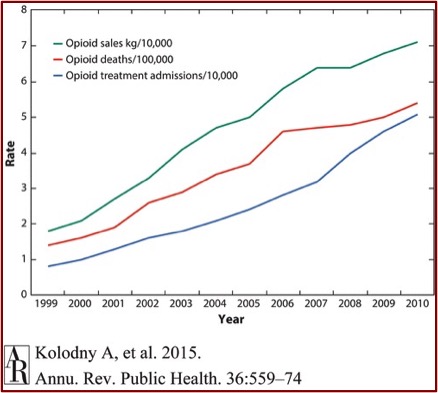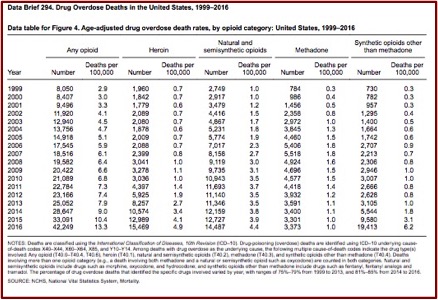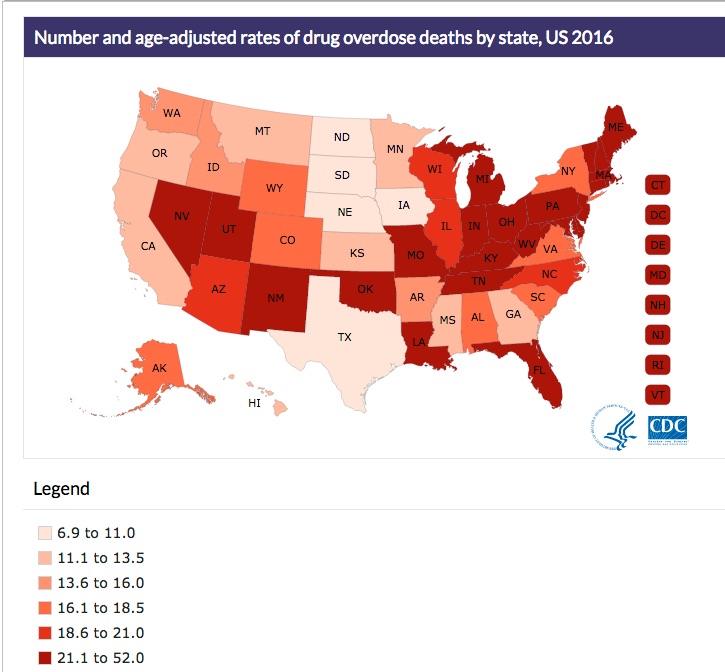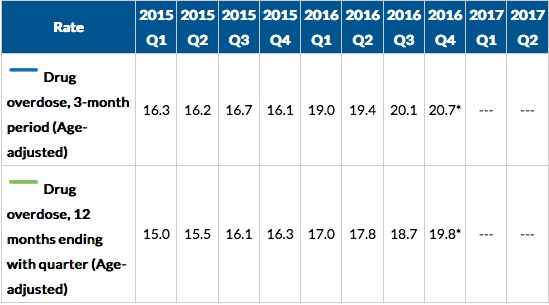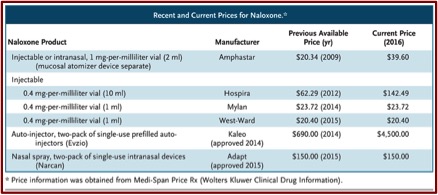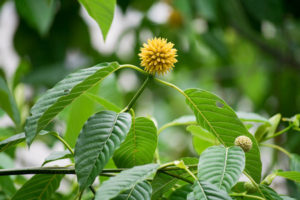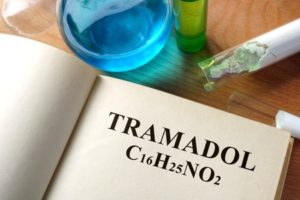Carrot-and-Stick Tactics of Purdue and the Sacklers

In the aftermath of frustration with the bankruptcy settlement with Purdue Pharma that shielded the Sackler family from any future legal action, the Metropolitan Museum of Art and the Sackler family announced the Sackler name would be removed from seven exhibit spaces. The New York Times said this was a significant break between the world’s largest museum and one of the world’s biggest benefactors. The Sackler family said they thought it was in the best interest of the museum and the mission it serves. “The museum had already severed ties to the family’s funding, announcing in 2019 that it would no longer accept gifts from the Sacklers, given their links to the maker of OxyContin.” Then a week later, a federal judge overturned the settlement that legally shielded members of the Sackler family from future litigation.
Reuters reported that U.S. District Judge Colleen McMahon said the New York bankruptcy court did not have the authority to grant the Sacklers legal protection from future opioid litigation. Attorney General Merrick Garland agreed, and was pleased by the ruling. He said: “The bankruptcy court did not have the authority to deprive victims of the opioid crisis of their right to sue the Sackler family.”
McMahon raised questions about more than $10 billion that Purdue distributed to the members of the Sackler family over a ten-year period of time preceding the company’s filing for bankruptcy. A statement from the family about the transfer of funds said, “Members of the Sackler family who served on Purdue’s board of directors acted ethically and lawfully, and the upcoming release of company documents will prove that fact in detail.”
The bankruptcy settlement was said to be worth $8 billion, a record payout by a pharmaceutical company. However, the Sackler family threatened to walk away and scuttle the settlement unless the legal protections were included. The family was to contribute over $4 billion of their personal funds to charitable assets over nine years as part of the settlement.
The Hill reported that in September 2021, U.S. Bankruptcy Judge Robert Drain approved the initial settlement plan. It would have led to the dissolution of Purdue Pharma and the transfer of its assets to a nonprofit company whose mission would be to fight the opioid crisis.
Representative Carolyn Maloney (D-N.Y.), Chair of the Committee on Oversight and Reform, said: “Today’s ruling striking down Purdue Pharma’s bankruptcy plan and its illegal releases for the Sacklers is a monumental step toward justice for the victims of the Sacklers’ cruel, deliberate plan to flood our communities with the highly addictive opioid, OxyContin.” She added,
The Sacklers must not be permitted to evade accountability by abusing our bankruptcy system, and I applaud the District Court for recognizing what I’ve long believed — that nonconsensual third-party releases are not only immoral and unjust, but also illegal.
Of course, Purdue will appeal the district court’s decision. Steve Miller, Purdue’s chairman, said:
While the district court decision does not affect Purdue’s rock-solid operational stability or its ability to produce its many medications safely and effectively, it will delay, and perhaps end, the ability of creditors, communities, and individuals to receive billions in value to abate the opioid crisis.
This sounds suspiciously like Purdue and the Sacklers are using a “carrot-and-stick” approach to their negotiations—the billions in settlement money as the carrot and the threat of rejecting the settlement without legal protection of the Sacklers from future opioid litigation as the stick.
Paul Pelletier, a former Department of Justice fraud chief and Beth Macy, a journalist and the author of Dopesick, wrote an opinion piece for STAT News. They noted that in late 2020, Purdue pled guilty to defrauding federal health agencies and violating anti-kickback laws. Although the Department of Justice won a $225 million civil settlement, it won’t collect on the $8.3 billion fine, as the company was already in bankruptcy. It failed to bring charges against any individuals for their roles in the company’s crimes. But the 2020 settlement did not close the door on criminal prosecution of Sackler family members.
Sacklers Avoiding Justice?
Fifteen years ago, prosecutors in western Virginia uncovered evidence of fraud and recommended multiple felony charges against the three top executives at Purdue. These charges included money laundering, conspiracy, misbranding, interstate wire and mail fraud. Pelletier and Macy said “the evidence of callous greed was chilling.” But political appointees at the DOJ, swayed by Purdue’s lawyers, refused to approve felony charges for the executives.
Purdue received a $600 million fine and pleaded guilty to “misbranding” OxyContin while marketing. The three executives pleaded to a misdemeanor “misbranding” charge, but did not admit any wrongdoing. The case was settled through a plea bargain and the evidence within the case forgotten until a copy of the Justice Department memo was leaked. For more information on this, see “Giving an Opioid Devil Its Due.”
The company had fired employees who tried to blow the whistle on its crimes and maneuvered to have reporters who were onto the story fired or removed from their beats. Sales reps were encouraged to allow doctors to believe — falsely — that morphine was stronger than OxyContin when executives knew the opposite was true. The company’s medical director, Dr. Paul Goldenheim, lied to Congress when he testified that executives hadn’t known until 2000 that OxyContin was being widely abused: in fact, they’d become aware of addiction-related abuse shortly after the drug’s introduction in 1996.
“A trial would have exposed the company’s OxyContin profits to forfeiture or prompted one of the executives to expose the magnitude of OxyContin scion Richard Sackler’s participation in the admitted crimes.”
Pelletier and Macy said after avoiding a legal trial related to the above investigation, they know the Sacklers and Purdue intensified their marketing of OxyContin. Purdue hired consultants to advise them how to “turbocharge” sales. They concentrated on well-known pill mills, and pushed the highest-dose pills. They also joined with other opioid makers to get around FDA regulators.
Beth Macy’s book, Dopesick was made into a television series. The show’s creator said it was “the trial that Purdue Pharma and the Sackler family never had.” As Pelletier and Macy pointed out, America is not supposed to rely on books and a movie for justice. “We pay taxes and give the Department of justice legal authority to enforce the law.” They said that Judge McMahon’s ruling was a win for accountability, “but it may not endure.”
So far, no criminal charges have been filed against any member of the Sackler family. But a new U.S. attorney for the federal district responsible for investigating the Sacklers has been sworn in. And Pelletier and Macy think he could be the perfect Special Prosecutor. We’ll have to wait and see if this makes a difference. Meanwhile, the Metropolitan Museum of Art continues to distance itself from the Sacklers and Purdue.
While the billionaire Sacklers may spend this holiday season ruminating on the ignominy of having their name removed from New York’s Metropolitan Museum of Art and other museums they showered with blood money, a million families across America will have to endure it without their children, spouses, parents, and friends whose lives were either eviscerated or cut short by opioids. It is shameful that, at least for now, they must live without justice, too.
For more information on the initial settlement, see: “It Doesn’t Seem Right.”


